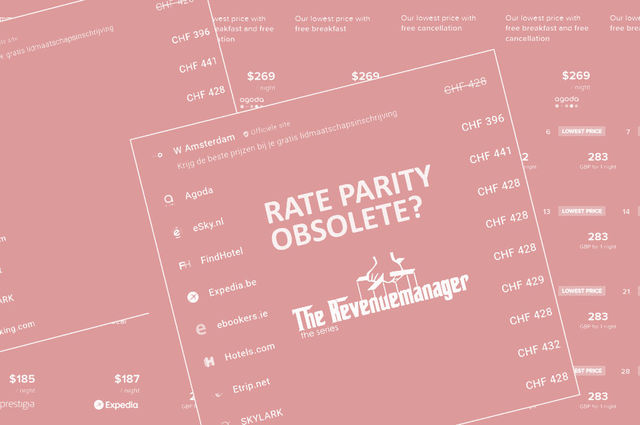Is Rate Parity Obsolete?
16 experts shared their view
The discussion around the pros and cons of rate parity has been around for almost a decade now. Regulations on the issue are, at best, patchy, with some countries where RP clauses are strictly prohibited (such as France, Austria, Italy, and Belgium), partially prohibited (Germany and Sweden), announced (Switzerland), or still unregulated (US and Latin America). With lower volumes of booking coming from OTAs during the pandemic, moreover, the debate about rate parity became even more heated: some properties decided to work in wide rate parity to avoid OTAs' dimming and improve their online visibility at the expenses of direct revenue, while other ones preferred to openly break rate parity on their top-performing channels. Both the OTAs and major hotel brands complicated the issue even further when they began offering out of parity “member only” rates, hidden behind an easily obtained loyalty program password. With so many different approaches and fragmented regulations, how should hotels deal with rate parity, especially after the whole industry has been severely hit by COVID-19?
When OTAs started to undermine rate parity on their end, the question of how to deal with rate parity became somewhat irrelevant. Of course, hotels need to respond in kind.
- Offer the best rate guarantee. Meaning, any lower price on third-party channels should not only be matched unbureaucratically but bookers should have a real incentive to book directly with the hotel.
- Assess whether your wholesale channels offer incremental value. If not, question if it still makes sense to keep them. However you contract, wholesale rates will end up on B2C channels (and so will OTA affiliate network rates!).
- Improve your direct booking experience.
Focusing on adding value, both in product as well as in the overall bookings experience is the best thing you can do to ensure people book directly with you.



